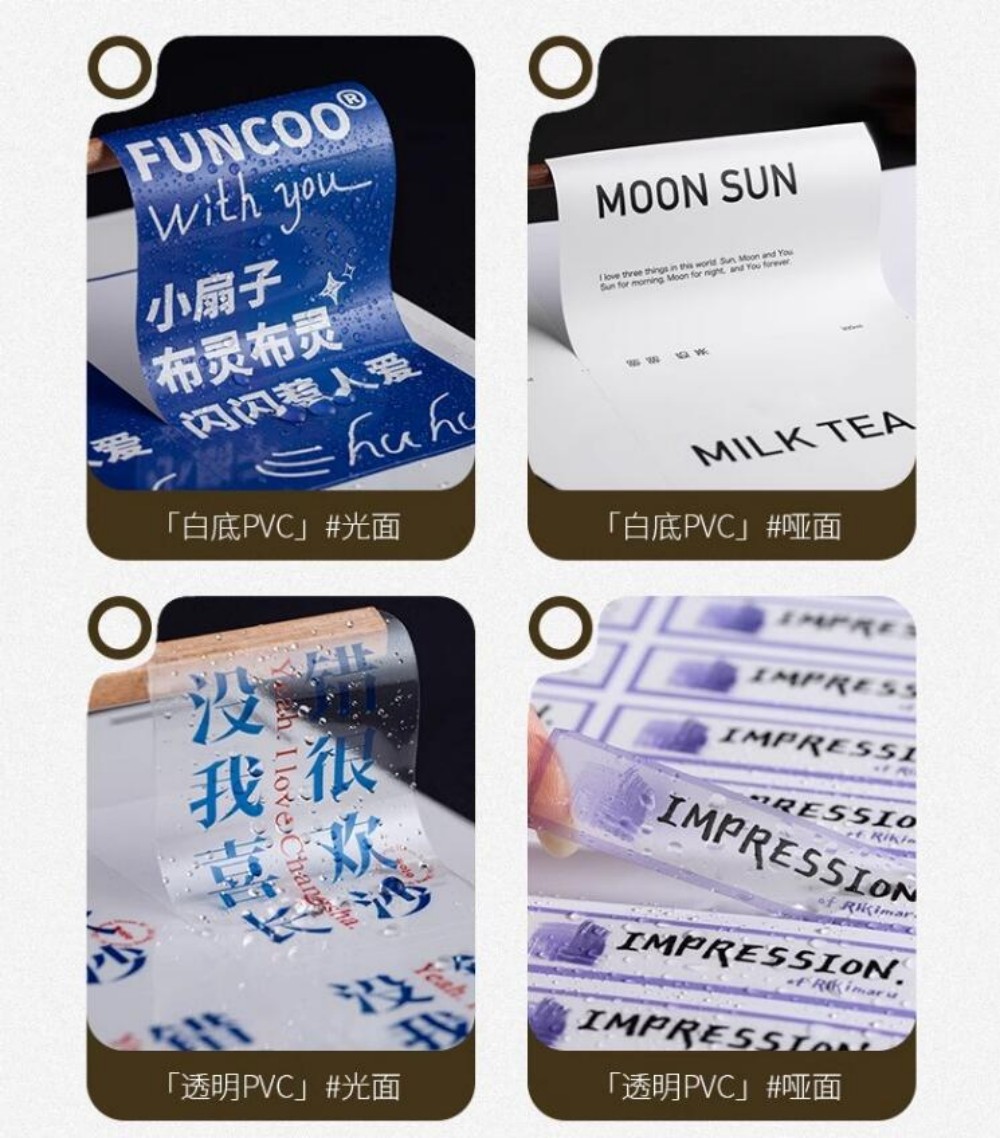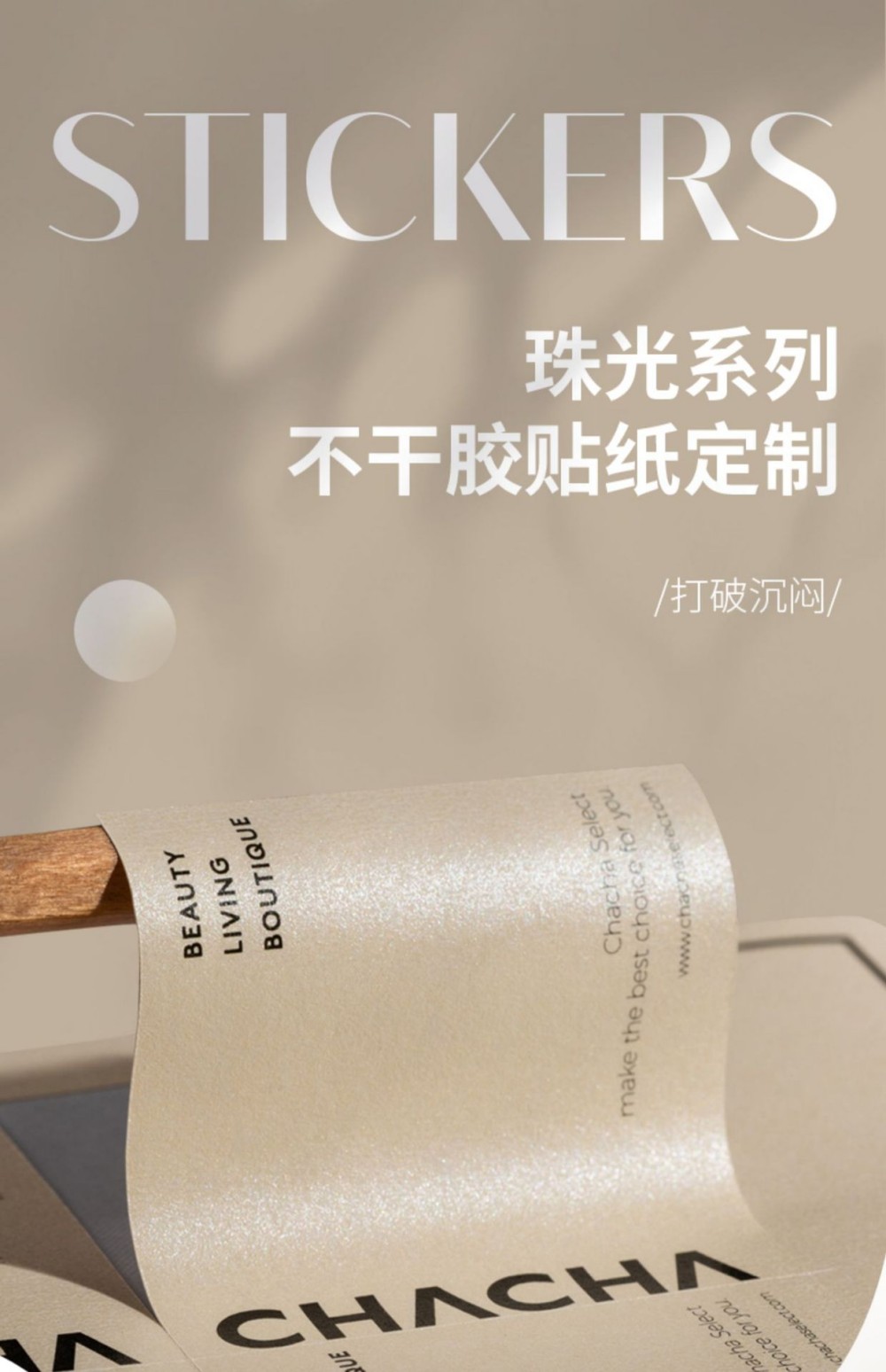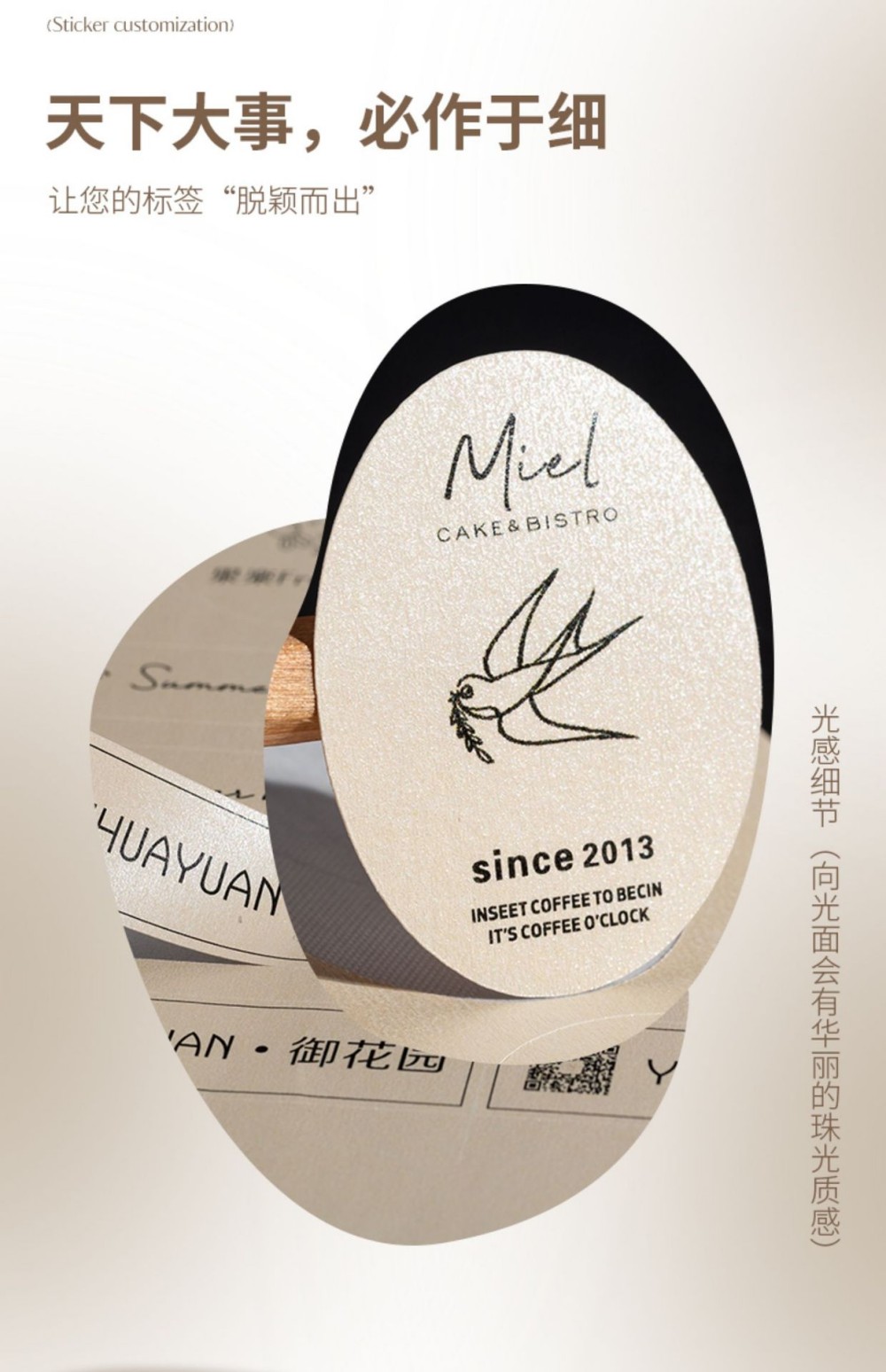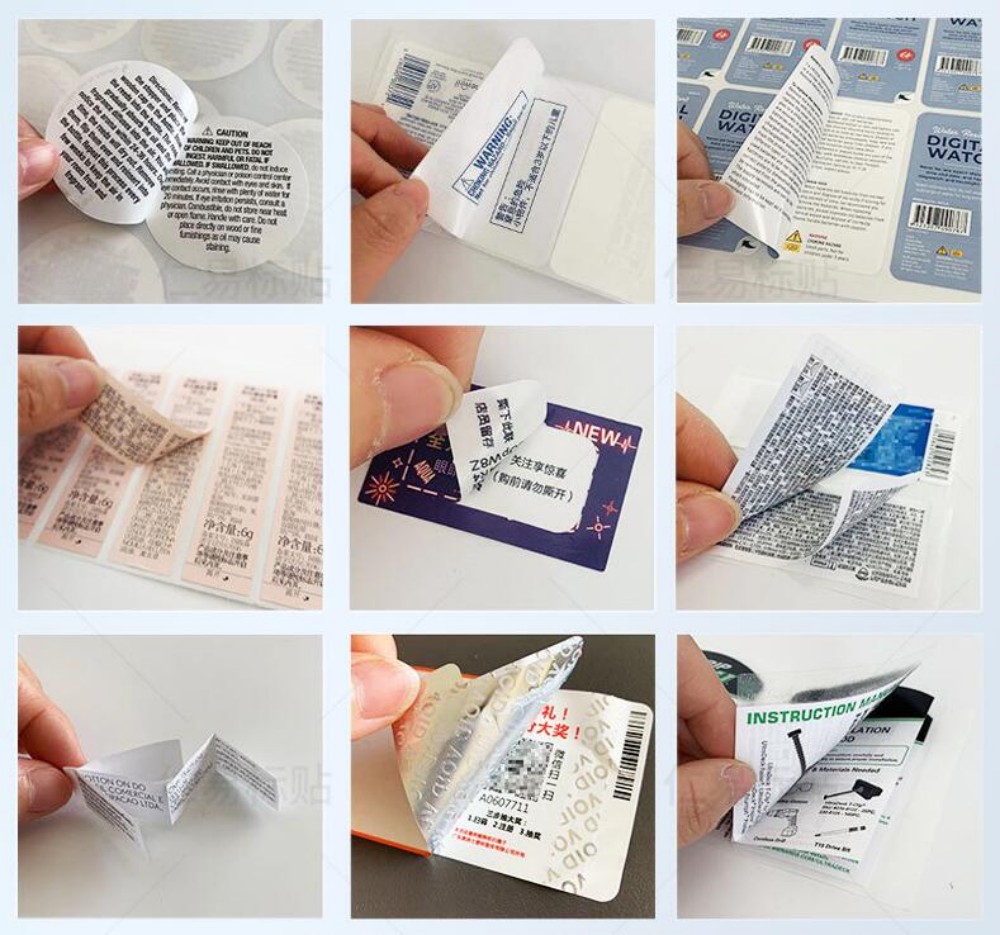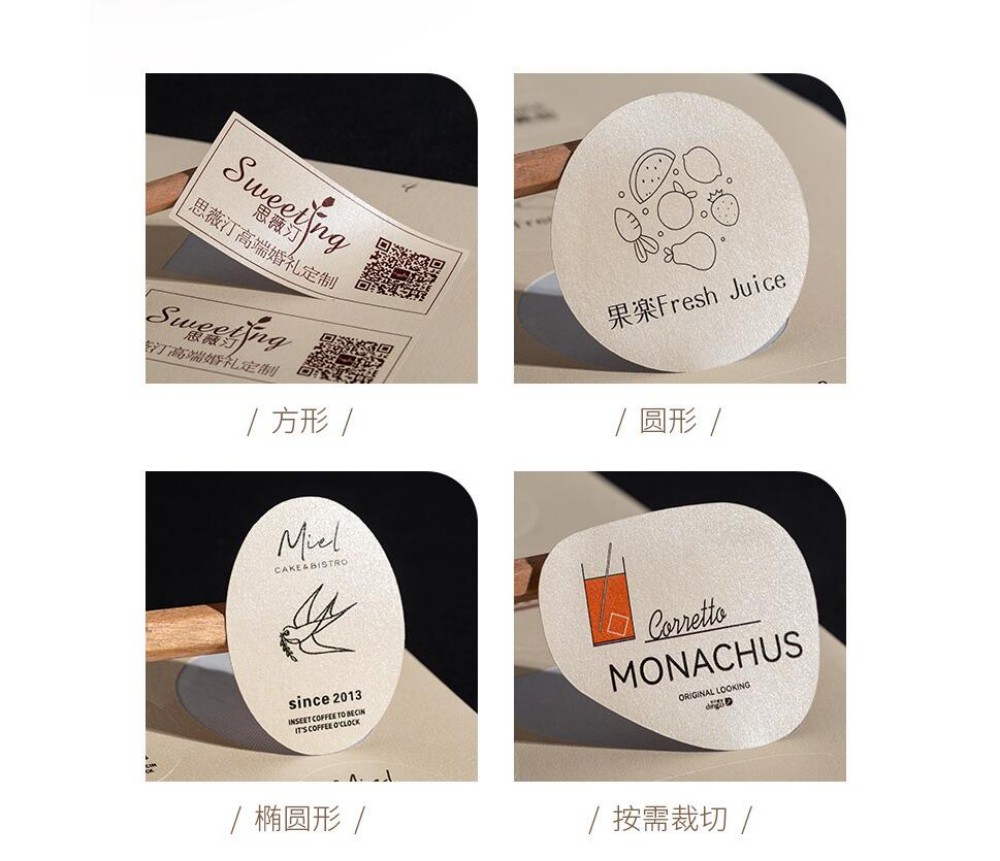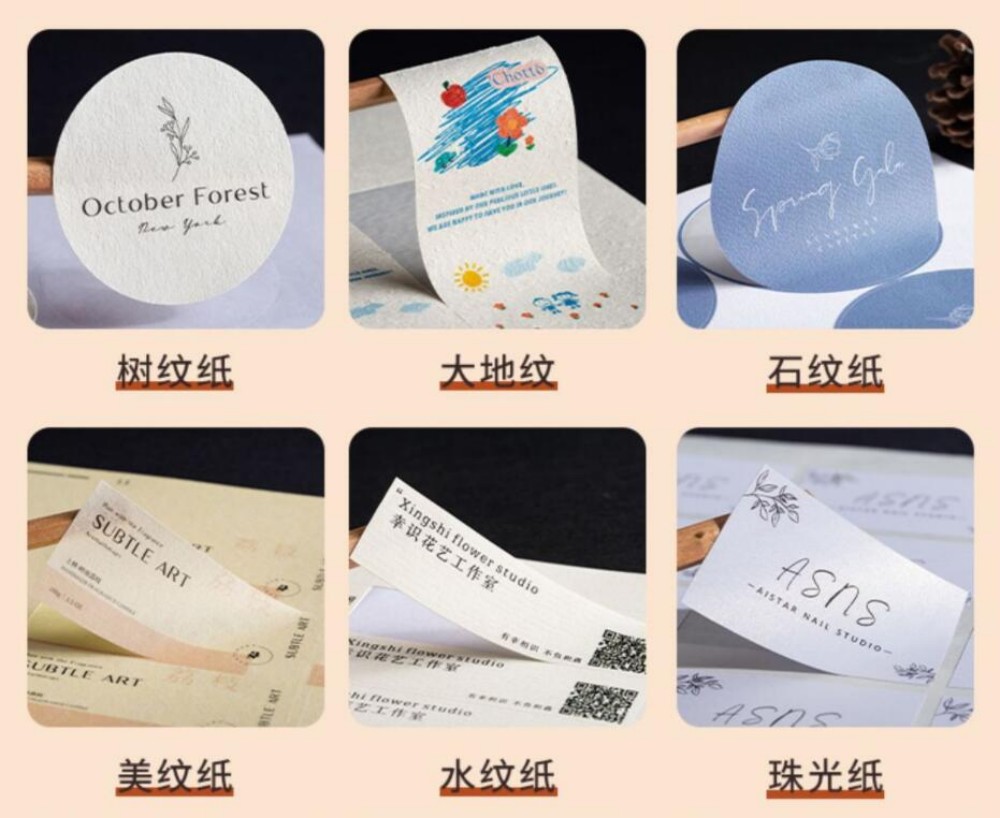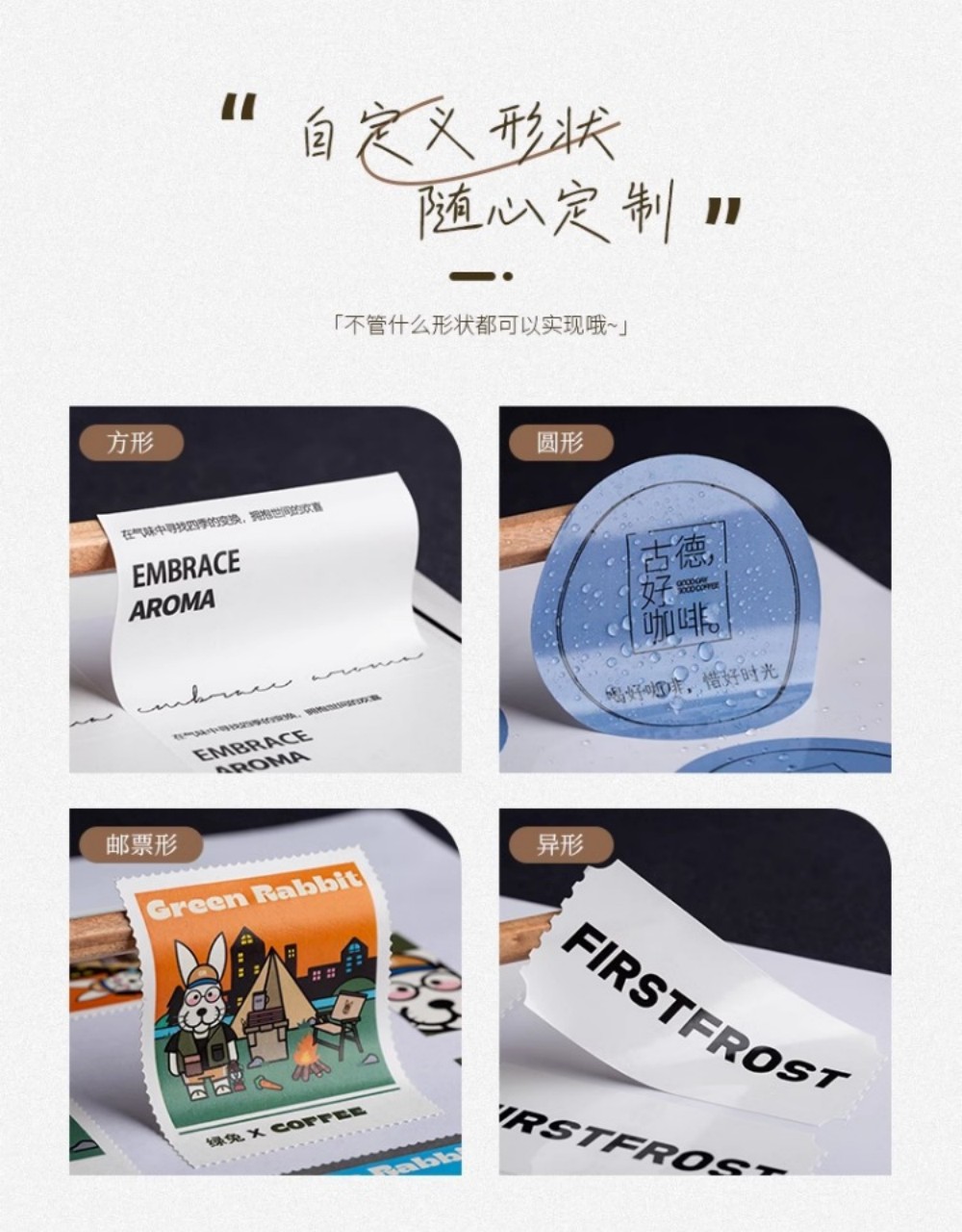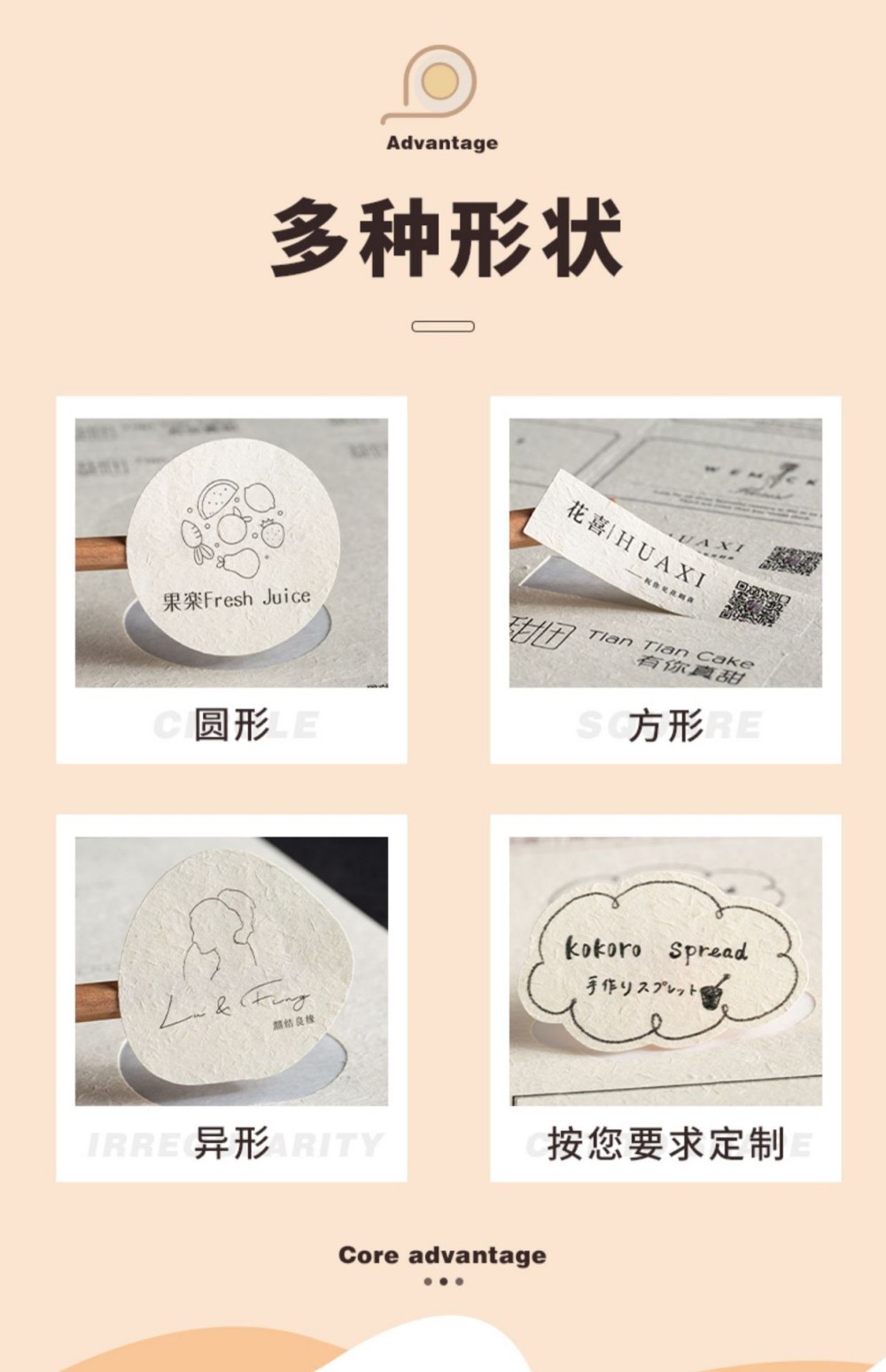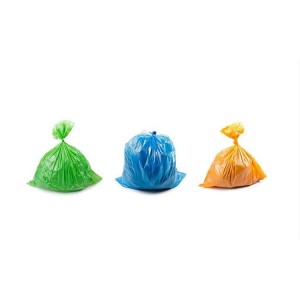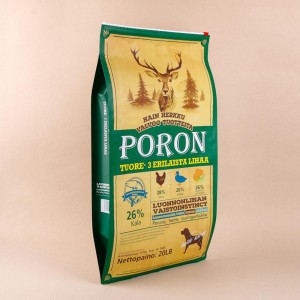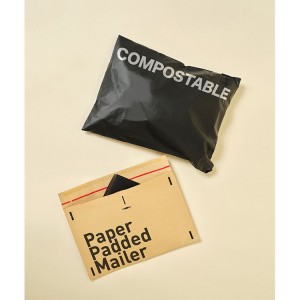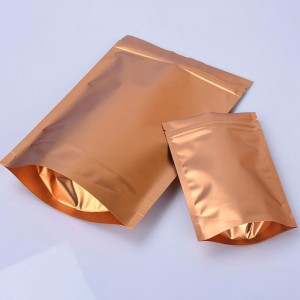
COMPOSTABLE ANTI-COUNTERFEIT STICKER LABEL
In an era where counterfeit goods threaten global commerce and environmental crises demand urgent action, businesses must adopt solutions that address both challenges simultaneously. Modern anti-counterfeit labels are no longer just about security—they are a statement of a brand’s commitment to innovation, ethics, and planetary health.
This guide explores how next-generation **eco-friendly anti-counterfeit labels** combine cutting-edge technology with sustainable materials to protect products, empower consumers, and reduce environmental footprints.
Section 1: The Global Counterfeit Threat
Counterfeiting is a multi-trillion-dollar industry, eroding trust, endangering lives, and stifling economic growth. From fake pharmaceuticals to imitation luxury goods, the consequences are dire:
- $2.3 trillion: Annual global economic loss due to counterfeit trade (OECD).
- 1 in 10 medical products in developing countries is substandard or falsified (WHO).
- 64% of consumers lose trust in brands after encountering counterfeit products (Edelman Trust Barometer).
Traditional anti-counterfeit measures, however, often rely on plastics, non-recyclable materials, or toxic chemicals. The future lies in solutions that prioritize security without sacrificing sustainability.
Section 2: The Green Revolution in Anti-Counterfeit Technology
Today’s eco-conscious labels integrate advanced security features with environmentally responsible design. Here’s how they work:
1. Sustainable Materials
- **Biodegradable Substrates**: Labels made from FSC-certified paper, bamboo pulp, or algae-based films decompose naturally within weeks, leaving no microplastic residue.
- Plant-Based Adhesives**: Water-soluble glues derived from cornstarch or potato starch ensure labels can be easily removed during recycling.
2. Non-Toxic Security Inks
- Soy- and Algae-Based Inks: These renewable alternatives to petroleum-based inks offer vibrant colors and UV-reactive properties for covert authentication, while being compostable.
- **Laser Marking**: Etching microscopic codes directly onto packaging eliminates ink use entirely, reducing waste and chemical exposure.
3. Recyclable Holograms and Foils
- Holographic effects created with cellulose acetate (instead of PVC) allow labels to be recycled with standard paper streams.
- Metal-free metallic finishes made from mineral coatings provide shimmer without heavy metals.
4. Carbon-Neutral Production
- Factories powered by renewable energy and carbon offset programs ensure minimal environmental impact.
- Supply chains prioritize local sourcing to reduce transportation emissions.
Section 3: Smart Technology for a Connected World
Modern anti-counterfeit labels leverage digital innovation to enhance transparency and consumer engagement:
Blockchain Integration
- Each label is linked to a tamper-proof blockchain record, providing end-to-end supply chain visibility. Consumers can scan to verify authenticity and view ethical sourcing data.
Dynamic QR Codes
- Printed with eco-friendly dyes, QR codes connect to real-time authentication portals. Brands gain insights into scan locations, frequency, and counterfeit hotspots.
NFC and RFID Solutions
- Recyclable near-field communication (NFC) tags embedded in biodegradable casings enable instant smartphone verification.
- Radio-frequency identification (RFID) threads woven into label materials track products from factory to retailer.
AI-Driven Analytics
- Machine learning algorithms analyze verification patterns to predict and combat counterfeit operations proactively.
Section 4: Why Sustainability Drives Consumer Loyalty
Eco-friendly labels aren’t just a compliance tool—they’re a competitive advantage. Consider these trends:
- 73% of global consumers are willing to pay more for sustainable packaging (Nielsen).
- 88% of Gen Z actively research a brand’s environmental policies before purchasing (First Insight).
Case Study: A Leading Organic Skincare Brand
After adopting plant-based anti-counterfeit labels:
- Achieved 28% sales growth in eco-conscious markets.
- Reduced packaging waste by 40% through compostable label designs.
- Earned certifications from Climate Neutral and Cradle to Cradle, boosting brand credibility.
Section 5: Industry-Specific Applications
Tailored solutions for diverse sectors:
Pharmaceuticals
- Biodegradable tamper-evident seals with temperature-sensitive ink to ensure drug safety.
- Blockchain-linked QR codes displaying ingredient transparency and expiration dates.
Food & Beverage
- Compostable freshness seals with microbial sensors to detect spoilage.
- Labels embedded with wildflower seeds, encouraging consumers to plant them post-use.
Luxury Goods
- Hemp-based woven labels with RFID threads for inventory tracking.
- Digital certificates of authenticity stored on decentralized ledgers.
Electronics
- Recyclable e-paper labels displaying dynamic warranty information.
- Conflict-free mineral tracking via blockchain integration.
Conclusion: The Future of Trust is Green
In a world where consumers demand accountability, eco-friendly anti-counterfeit labels are more than a trend—they’re a necessity. By merging unbreakable security with planet-positive materials, brands can protect their products, inspire loyalty, and contribute to a circular economy.
Take Action Today:
- Start with a pilot program for your best-selling product line.
- Collaborate with suppliers certified by Global Recyclable Standard (GRS) or Forest Stewardship Council (FSC).
- Turn every label into a beacon of trust and sustainability.



